Explore web search results related to this domain.

Recent studies underscore the positive impact of art on mindfulness. Neurological research shows that engaging with art can activate brain areas associated with meditation and relaxation. Psychologists and art therapists affirm the therapeutic benefits of combining art with mindfulness.
Discover the profound connection between art and mindfulness in this insightful article, exploring how creativity enhances mental tranquility.In the hustle and bustle of modern life, finding moments of tranquility has become increasingly valuable. Mindfulness, a practice rooted in ancient traditions, has emerged as a beacon of calm in the chaos. Intriguingly, the world of art offers a unique and vibrant pathway to achieving this state of mindful serenity.Whether you are an artist, a mindfulness practitioner, or someone curious about either, embracing this blend of creativity and calm can lead to profound personal growth and well-being.Today, mindfulness has transcended its spiritual origins, becoming a vital tool in various sectors such as healthcare, education, and the corporate world. Its popularity is a testament to its effectiveness in reducing stress, improving focus, and enhancing overall quality of life. Historically, art has always been intertwined with mindfulness, serving as a medium for spiritual and emotional expression across various cultures.

When life gets stressful, it can be tough to find ways to let out some steam and decompress. If you don’t have a creative outlet or want to switch up your method of relaxation after a long day, there’s an app for that.
With Groodles, an art therapy app, you can discover a new world of relaxation and stress relief with tailored exercises aimed at unwinding the mind and soothing the soul. Now, lifetime access to Groodles is only $39.99 (reg.Plus, you can experience the love and support of a like-minded community united by a passion for art therapy.Embrace the power of art therapy for greater self-expression with lifetime to Groodles Unlimited Access, now just $39.99.
Here's how mindfulness can positively impact different aspects of clients' life: Regular mindfulness practice is known for its ability to reduce stress. It helps break down overwhelming thoughts and emotions, allowing for a calmer, more measured response to stressors.
In a typical session, patients participate in mindfulness art activities like art journaling, drawing, painting, or other art activities. These allow them to explore emotions and thoughts through the process of creativity without judgment. The art therapist then puts an emphasis on how the present helps patients overcome negative emotions and creative blocks, promoting a sense of calm and self-compassion.Here are key strategies for engaging in Mindfulness Art Therapy Activities: Begin each mindfulness activity by encouraging your clients to take a slow, deliberate, deep breath. This simple breath meditation can help them center themselves, calm their minds, and prepare to engage in the creative process fully.Over time, regular practice of mindfulness art activities can build lasting emotional resilience, improving overall mental health. However, clients will begin to experience a sense of calm and self-awareness quickly, especially when guided by a trained therapist.These practices can be tailored to individual needs, offering flexibility for various therapeutic goals. Mindfulness, a practice rooted in ancient traditions and now widely embraced in various forms across the globe, offers numerous benefits for overall well-being. Here's how mindfulness can positively impact different aspects of clients' life: Regular mindfulness practice is known for its ability to reduce stress. It helps break down overwhelming thoughts and emotions, allowing for a calmer, more measured response to stressors.
.webp)
I had seen art help others, not only calm their mind but help with their healing. I had an advantage. I was already an artist so had both supplies and knowledge. In addition to my creative projects, I joined an art therapy group which provided a dedicated time for art exploration while expressing ...
I had seen art help others, not only calm their mind but help with their healing. I had an advantage. I was already an artist so had both supplies and knowledge. In addition to my creative projects, I joined an art therapy group which provided a dedicated time for art exploration while expressing emotions and working through frustrations.Discover the power of art meditation and find inner peace with CALM Art. Explore a wide range of artistic creations and start your journey to a calm mind today.Get Creative with Art Meditation to create a calm mindGet Creative with Art Meditation to create a calm mindGet Creative with Art Meditation to create a calm mindCognitive thinking is the mental process we use to comprehend information before deciding what it means and whether or how to act on it. The process is served best by an open, uncluttered mind.- not always easy to achieve in a fast-moving world where information comes to us 24/7 from myriad sources.
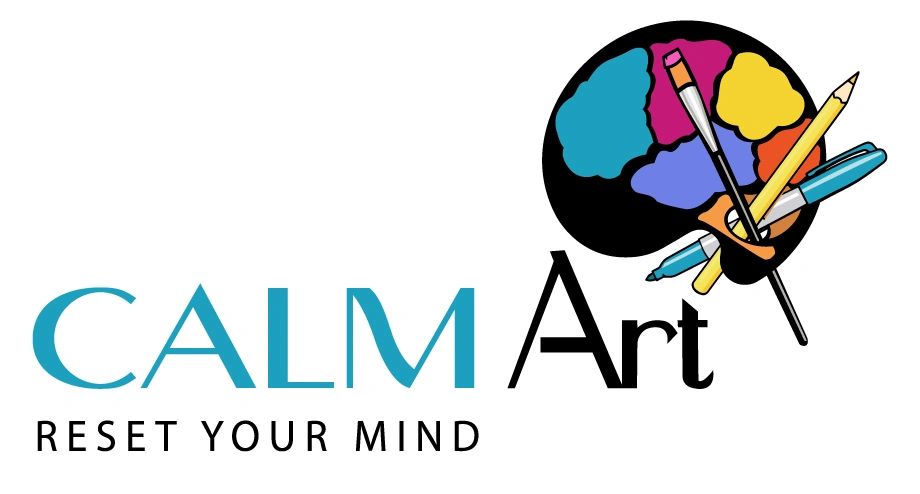
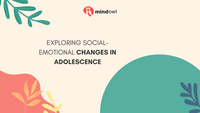
Reduces Stress Levels: The meditative aspect of MBAT can help calm the nervous system, leading to lower stress levels and a sense of peace. Boosts Focus and Concentration: Mindfulness meditation within art therapy helps clear the mind, improving attention span and concentration.
Mindfulness can be integrated into art therapy by encouraging clients to focus on the present moment during artistic expression. This process can help develop a sense of calm and relaxation, reducing stress and anxiety.Additionally, the integration of mindfulness practices within the realm of art therapy presents an avenue for deepening self-awareness and promoting relaxation. This fusion also aligns with research demonstrating that engaging in creative activities while maintaining a mindful presence can positively impact overall well-being by reducing stress levels and fostering a greater sense of calmness and resilience.Mindfulness-Based Art Therapy (MBAT) combines the calming practice of mindfulness with the creative process of art-making. This powerful blend offers a unique pathway to wellness and self-discovery.This intersection of mindfulness and art therapy provides a unique opportunity for individuals to unleash their creativity while also fostering a sense of peace and calmness through the therapeutic process.

Long before the pandemic, health care workers were experiencing high levels of stress, burnout and compassion fatigue, all of which contribute to reduced quality of care for patients.
For nearly two decades, our research group – a team of physicians, researchers, creative arts therapists and writers – has focused on understanding the impact of work-related stress on health care workers.To help address this issue, in 2019, with funding from the National Endowment for the Arts, our team established the Colorado Resiliency Arts Lab, or CORAL. Our aim is to use creative arts therapy as an intervention to improve the well-being of health care professionals and to restore their sense of purpose in these demanding work environments.Our focus at CORAL has been on teaching health care workers how to use art-making to effectively process trauma and develop coping mechanisms through expression and community. We invite our participants, who include doctors, nurses, social workers, therapists and researchers, to tap into their authentic vulnerabilities and share stories they would not normally tell by using pen and paper, paintbrushes, guitars, songwriting and movement.Study participants experienced less burnout and expressed a lower desire to leave their jobs. Burnout scores for anxiety, depression, PTSD and emotional exhaustion decreased by 28%, 36%, 26% and 12%, respectively, in the participants receiving the creative arts therapy intervention.

It's a mindful art form that encourages relaxation and self-expression. This form of art isn't about skill or perfection, but, instead is about finding a moment of peace and creativity in your day. Whether you’re a seasoned artist or someone who hasn’t picked up a coloring pencil since school art class, meditative drawing can be accessible and rewarding for everyone for every skill level. Meditative drawing is a form of art therapy ...
It's a mindful art form that encourages relaxation and self-expression. This form of art isn't about skill or perfection, but, instead is about finding a moment of peace and creativity in your day. Whether you’re a seasoned artist or someone who hasn’t picked up a coloring pencil since school art class, meditative drawing can be accessible and rewarding for everyone for every skill level. Meditative drawing is a form of art therapy that uses the focus and calmness of meditation with the creative freedom of drawing to relax and focus the mind.Meditative art refers to any art form that’s used as a medium for meditation or mindfulness practices. It can include painting, sculpting, or other creative activities. The key aspect of meditative art is that it focuses on the process of creation for its therapeutic and calming effects, rather than on the final product.Art can be meditative because it engages the mind and body in a focused, creative activity, helping to quiet mental chatter and induce a state of flow. This state of being completely immersed in an activity can be calming and therapeutic.Explore what meditative drawing is and how to do this mindful art practice. Plus, 5 easy drawing meditation techniques and patterns to try, including Zentangle.
It's a mindful art form that encourages relaxation and self-expression. This form of art isn't about skill or perfection, but, instead is about finding a moment of peace and creativity in your day. Whether you’re a seasoned artist or someone who hasn’t picked up a coloring pencil since ...
It's a mindful art form that encourages relaxation and self-expression. This form of art isn't about skill or perfection, but, instead is about finding a moment of peace and creativity in your day. Whether you’re a seasoned artist or someone who hasn’t picked up a coloring pencil since school art class, meditative drawing can be accessible and rewarding for everyone for every skill level. Meditative drawing is a form of art therapy that uses the focus and calmness of meditation with the creative freedom of drawing to relax and focus the mind.Meditative art refers to any art form that’s used as a medium for meditation or mindfulness practices. It can include painting, sculpting, or other creative activities. The key aspect of meditative art is that it focuses on the process of creation for its therapeutic and calming effects, rather than on the final product.Art can be meditative because it engages the mind and body in a focused, creative activity, helping to quiet mental chatter and induce a state of flow. This state of being completely immersed in an activity can be calming and therapeutic.Explore what meditative drawing is and how to do this mindful art practice. Plus, 5 easy drawing meditation techniques and patterns to try, including Zentangle.
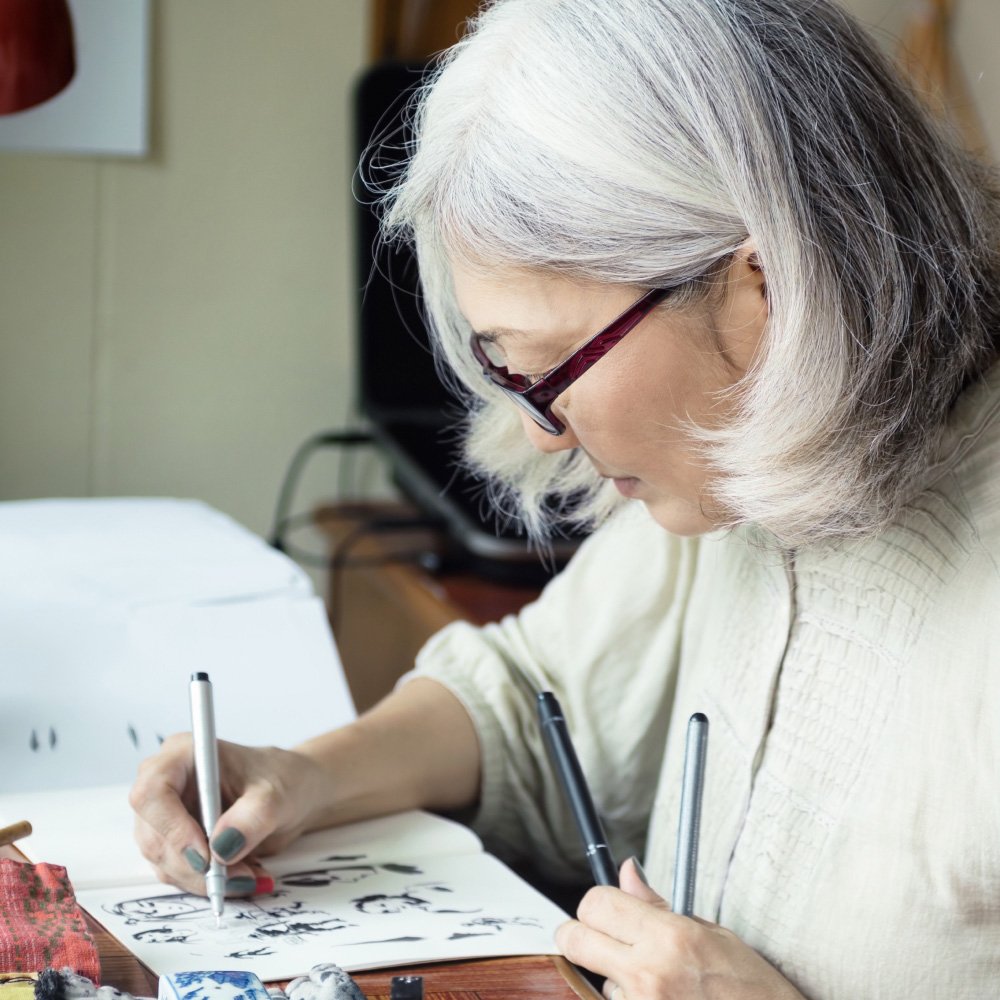
We put a list together of fun and simple mindful art activities that require very little supplies. Try one, or all, out with your students!
By providing students the chance to get hands-on with art we provide them with a fun and concrete experience that they can use to self-regulate during times of escalation. It provides a tangible coping strategy that students can use at home, at their desks, or any other time they need to calm down. We put a list together of five fun and simple mindful art activities that require very little supplies.Using art as a mindfulness tool can provide a uniquely accessible opportunity to let the mind wander freely while focusing attention on a simple, engaging task – it is a ‘hack’ for present moment awareness. Mindfulness and art are also becoming more popular as a form of therapy for young people.Mindfulness-based art therapy brings together mindfulness and artistic expression in which the process of creating is the important part, not the finished product.Think about all the different types of art: drawing, painting, music, jewelry, rap, sculpting, writing. The list can go on and on. Now think about mindfulness: Paying attention to the present moment.
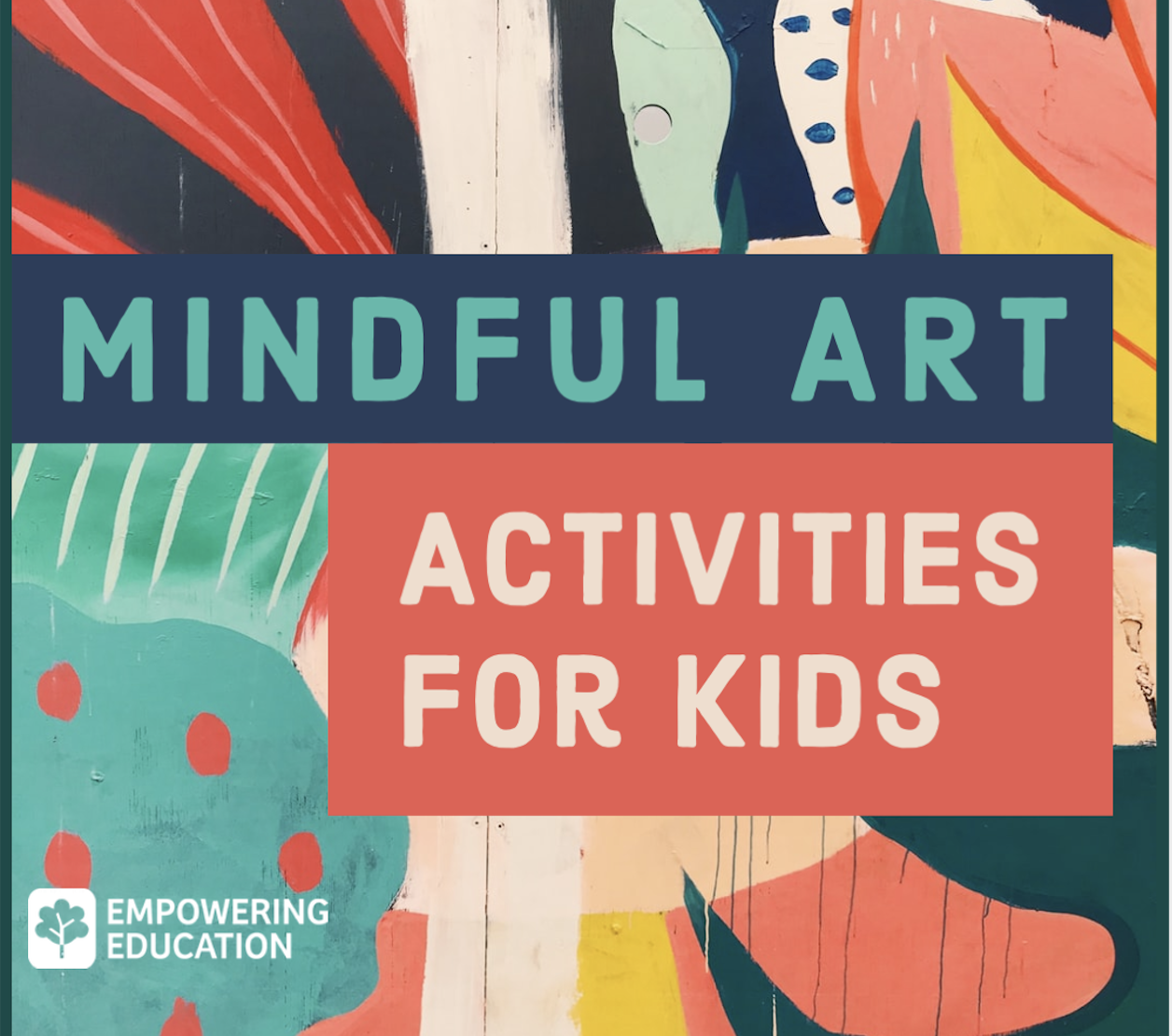
Mindfulness helps us remain present in the moment instead of performing the activity on autopilot and becoming distracted by the past or future. Art therapy is also an activity that helps develop mindfulness, however, it is more activity related than breathing or meditation practices.
Mindfulness helps us remain present in the moment instead of performing the activity on autopilot and becoming distracted by the past or future. Art therapy is also an activity that helps develop mindfulness, however, it is more activity related than breathing or meditation practices.The art journal activities are classified as ‘art as therapy’ which is based on deriving a therapeutic benefit from undertaking the activity. This is in contrast to ‘art therapy’ which is conducted based on psychotherapy foundations. Below we have included 5 art exercises to help develop mindfulness.SIGN UP below to download the FREE Mindfulness Art Exercises handout. BUILD YOUR ART THERAPY REFERENCE MATERIALS: Pin this image to your Pinterest board.This guidebook provides you with a foundational understanding of mindfulness including mindfulness meditation audio and art as therapy exercises.
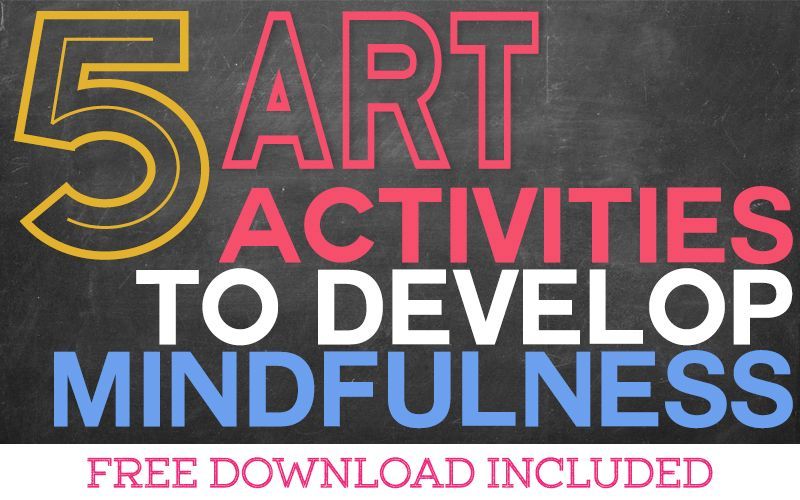

Schools are implementing mental health awareness campaigns and pushing mindfulness techniques but, there is some evidence this actually has the opposite effect and is making it worse.
However, the study did find that mindfulness practices had a positive effect on teachers in the school. Researchers pointed out there are many things that can impact the mental health of a younger person still developing, including their environment, socieconomic status, family dynamics and parenting, genetics and schooling, such as homework, exams and social aspects. In a similar Australian study, researchers found students who had taken a course on cognitive behavioral therapy reported higher levels of depression and anxiety symptoms six and 12 months later.The My Resilience in Adolescence, or MYRIAD, trial followed thousands of students who practiced mindfulness exercises in schools and results showed not only did the exercises not improve teens' mental health, but those at higher risk of mental health problems fared worse after training.Schools across the country are implementing mental health awareness campaigns and pushing mindfulness and meditation techniques in classrooms.Researchers attributed the results to multiple reasons, but said one explanation was that mindfulness brought 'awareness to upsetting thoughts.'
This prevents worry about the future ... on shifting focus as part of the experience. Mindful art is believed to facilitate a sense of immersion, flow, focus, calm, and being in the present-moment experience.[39]...
Components of Mindfulness Based Art Therapy Intervention and their Mechanisms. ... Awareness of breathing helps to breathe more easily and often elicitates a relaxation response.[35] It can enhance the parasympathetic nervous system that is associated with calm, rest, and repair.[36] Mindfulness aims for non-striving and acceptance of reality as it is.This prevents worry about the future and ruminating thoughts of past events, allows to live more fully in the present moment, regardless of what lies ahead.[37] It helps to alleviate the suffering that is often accompanied by pain or emotional discomfort.[35] Seeing things from a different perspective helps to observe habitual reactions and gives more control and choice to act in a more adaptive way.[38] MBAT is also referred to as “focusing-oriented art therapy”, as it involves an emphasis on shifting focus as part of the experience. Mindful art is believed to facilitate a sense of immersion, flow, focus, calm, and being in the present-moment experience.[39]Psychological distress and spiritual well-being (SWB) are directly related to the quality of life in cancer patients. Mindfulness-Based Art Therapy (MBAT) integrates mindfulness practices with art therapy and has shown to decrease distress levels and improve SWB in women with breast cancer.Changes in spirituality and mindfulness were shown to be significantly associated with improvement in mental health.[7] There is a growing body of research supporting the potential of art therapy in reducing emotional distress, depression, anxiety, and pain in cancer patients undergoing chemotherapy.[8] The interrelatedness of art therapy and mindfulness can provide a wide range of opportunities for application with diverse populations.[9] Mindfulness-based art therapy (MBAT) is a relatively novel concept introduced by psychologist and writer Laury Rappaport.[10] MBAT combines the philosophy and practice of mindfulness with art therapy.

Mindfulness-based art therapy combines art with mindfulness to improve psychological issues. Learn about how to engage and the benefits it offers.
For these individuals, mindfulness-based art therapy may help to lower distress levels and improve quality of life. The Best Online Therapy Services for Depression We Tried and Tested · Some of the specific psychological benefits of MBAT that have been demonstrated in the literature include the following: Improved psychological stability · Improved quality of life (QoL) Changes in brain patterns reflecting a calm, focused state of attention ·This relatively new concept was first formally introduced by psychologist and writer Laury Rappaport in her 2009 book "Mindfulness and the Arts Therapies." In its simplest sense, MBAT combines the benefits of mindfulness training (for example, meditation) within the structure of an art therapy framework.When you are being mindful, you have an enhanced ability in terms of your self-awareness and capacity to reflect on your experience and daily life. Art therapy first became popularized as a form of treatment in the 1940s as a method of utilizing art either as an approach to therapy or as part of psychotherapy itself.In "art psychotherapy," your therapist would analyze art that you create to develop insight into your psychological issues and emotions. A precursor to mindfulness-based art therapy, mindfulness-based stress reduction (MBSR) is used to help clients approach situations from a place of acceptance and awareness.
:max_bytes(150000):strip_icc()/mindfulness-based-art-therapy-4588189-30fa897cc6ae4712b98209c369765846.png)

That is why I want to share with you 15 anxiety art therapy activities to help you feel calm now. This technique helps you practice line control. This is very simple & easy to do. This anxiety art therapy activity works your entire arm while bringing your mind into the present.
Being in nature calms me down, especially parks because they are very quiet and have limited distractions. Not to mention the fresh air! I can concentrate while listening to the natural sounds around me, a technique of practicing mindfulness. Try doing or taking these anxiety art therapy activities outside and see how you feel afterwards!Nature is very relaxing because it is still, calm, & beautiful. These aspects make plants & natural formations quite soothing because there is a sense of carelessness & freedom to them. Try applying these states of being to your drawings & art. When we see nature, it tends to soothe us. So drawing something still gives our minds a sense of stability and when we are in a stable mindset, we are more relaxed and in control of our emotions.Focusing on the process, not the end result, gets you in a relaxed mindset quicker. Use both of your arms to draw something in the air. Don’t limit it to your wrists. Doing this can help build muscle memory and drawing confidence. It will also loosen up your muscles and give you a bit of light exercise. Another one of the 15 simple art therapy activities that help reduce anxiety, is tracing.Anxiety art therapy activities are a fantastic way to reduce stress and anxiety. Anxiety is a part of being human & it’s natural. But we need to make sure it doesn’t consume and distract us from our…
Right-brain stimulation (which helps calm the mind and body) Feelings of empowerment, self-acceptance, and gratitude · More clarity and insight into your life, emotions and thoughts ... Click the following highlighted links to read more about current Art and Mindfulness offerings.
Right-brain stimulation (which helps calm the mind and body) Feelings of empowerment, self-acceptance, and gratitude · More clarity and insight into your life, emotions and thoughts ... Click the following highlighted links to read more about current Art and Mindfulness offerings. ... At Mindful Creative Muse, we welcome everyone – creatives, yogis, teachers, therapists, coaches, creative solopreneurs, and more – to discover their creative potential.Learn about What is Mindful Art, the Benefits of Mindful Art activities, our current Mindful Expressive Art Workshops, Retreats, Group Coaching, and Mindful Art and Yoga Teacher Trainings available online.For additional support, you may want to work with a Therapist. FREE Mindful Art for Self-Care Workbook DOWNLOAD HERE Learn Mindful Art Online HEREMindful Art is not Art Therapy.

TRIP has teamed up with popular mindfulness app, Calm, to deliver a first-of-its-kind collab product aiming at offering a new experience for US consumers.
TRIP Drinks, the creator behind the “daily dose of calm”, has partnered up with popular mindfulness app, Calm, to launch a collaboration that’s the first of its kind — bridging the gap between digital experience and physical retail.A global leader in functional drinks and the fastest-growing drinks brand for 2023 and 2024 (and the 4th fastest growing private company in the UK in these two years), TRIP has decidedly stepped up the game in product experience for consumers with its newest launch in the US. The co-branded Mindful Blend, entering the US market for the first time, features TRIP’s innovative botanical recipe, with a digital QR code on each can that enables consumers to claim a complimentary 3-month Calm premium subscription worth $45.Designed with Calm’s app store presence in mind, the co-branded can brings Calm’s digital offering to all its distribution points across the US, solidifying both brands’ leading positions in their respective category.UK’s fastest growing functional drinks company has teamed up with popular mindfulness app, Calm, to deliver a first-of-its-kind collab product aiming to offer a new experience for US consumers.

Feeling stressed or anxious? Try one of these apps for mindfulness, meditation and soothing sounds
It’s more important than ever to take care of your mental health, here are the best mindfulness apps from Headspace, Calm and moreMindfulness as we know it today is rooted in principles from ancient Buddhist and Eastern philosophy mixed with modern cognitive behavioural therapy and sometimes, meditation, breathwork and somatic exercises too.Our favourite was the 12-minute rebalance with mindfulness, which included a full body scan and an interactive graphic so we could identify exactly how we felt in different parts of our body. More than that, though, the app includes a 28-session course, which helps to explain and reduce anxiety. This course can be worked through one session at a time, using techniques such as cognitive behavioural therapy to help you tackle your worries.Each approaches mental health and mindfulness from a slightly different perspective, so it’s worth taking advantage of the free trial period that many apps offer to see which is best suited to your lifestyle and the way you think. Some apps offer nostalgia-inducing bedtime stories, some calming background noises and others, mantras and daily meditations to help you adjust your mindset.

Learn what mindfulness therapy is, examples of how it’s used, and who it can help. Plus, 2 types and techniques of mindfulness therapy, including MBCT.
These experiences can feel overwhelming, so it’s important to look for effective ways to cope and find inner peace. Mindfulness therapy can be a powerful tool that combines traditional methods of relief with the practice of mindfulness—a skill that involves paying full attention to the present moment with acceptance and without judgment.Mindfulness therapy blends traditional therapy methods with mindfulness techniques. It's a way of paying attention to your thoughts, feelings, and physical sensations in the present moment with focus and acceptance.Mindfulness therapy is rooted in the practice of mindfulness, a concept that’s been part of various cultural and religious traditions for centuries, particularly in Buddhism. In recent years, it has gained popularity in the Western world as a practical way to improve mental health and wellbeing.This therapeutic approach is particularly helpful for managing emotions and reducing stress. If you ever feel caught up in negative thoughts or overwhelming emotions, mindfulness therapy offers tools to help you break free from these patterns so you can respond to life's challenges with greater calm and clarity.
Not only can making them be a great activity to encourage calm but using them as a tool for time outs and as a way to navigate anxious thoughts can help a child to be more mindful. I have a great post detailing how to make a sensory bottle. A flextangle is a three-dimensional paper ring, which is composed of several connected pyramids. You take a flextangle template and then create a masterpiece using zentangles. More on that at the top of this post. It is all about the therapeutic ...
Not only can making them be a great activity to encourage calm but using them as a tool for time outs and as a way to navigate anxious thoughts can help a child to be more mindful. I have a great post detailing how to make a sensory bottle. A flextangle is a three-dimensional paper ring, which is composed of several connected pyramids. You take a flextangle template and then create a masterpiece using zentangles. More on that at the top of this post. It is all about the therapeutic nature of building the flextangle and the creativity.When we focus on the art of doodling, independent of everything else, we can create a beautiful mindfulness practice. More information on this can be found in this blog post. Art doesn’t always have to be specific, and often creativity can come in waves. This is where splatter art can help, but this version uses essential oils. Applying the paint using different tools to create interesting effects can be somewhat calming, and the essential oils give a more sensory experience.This is a lovely art project for children. It has two main concepts when it comes to mindfulness. The calm that comes with art and mindfulness and also the focus of energy into one project that requires creativity. These miniature peace gardens are little elements of inspiration, and all are unique.Art is perceptive, and so is mindfulness. This is why they are such a great combination. Using whatever you can to create art and have a sense of calm is very simple; lemon stamping painting proves just that. This activity also stimulates your senses!

We cannot provide a description for this page right now


.webp)





:max_bytes(150000):strip_icc()/mindfulness-based-art-therapy-4588189-30fa897cc6ae4712b98209c369765846.png)

